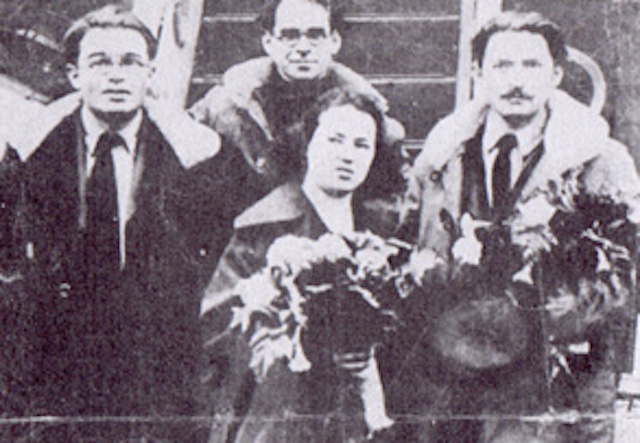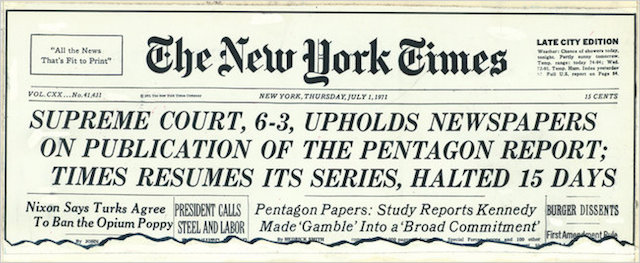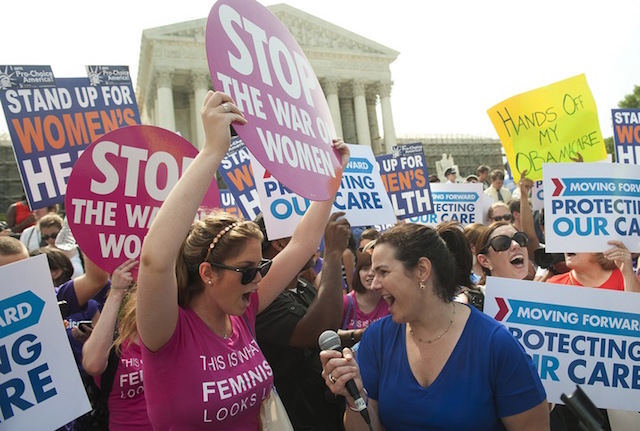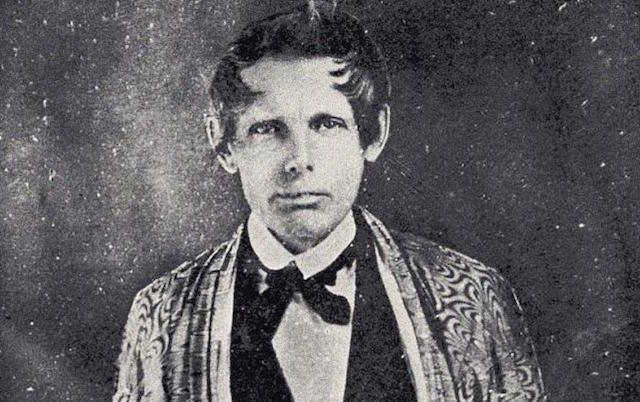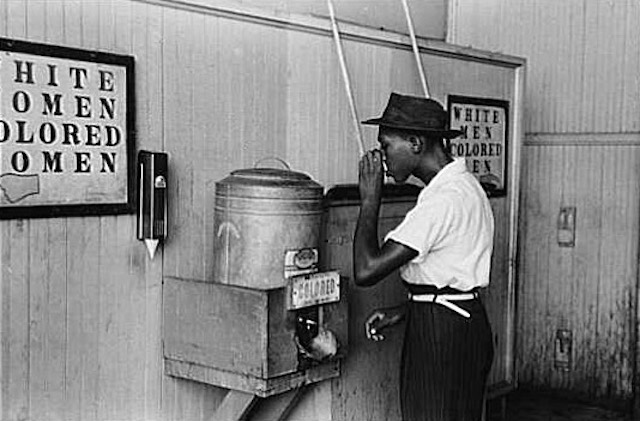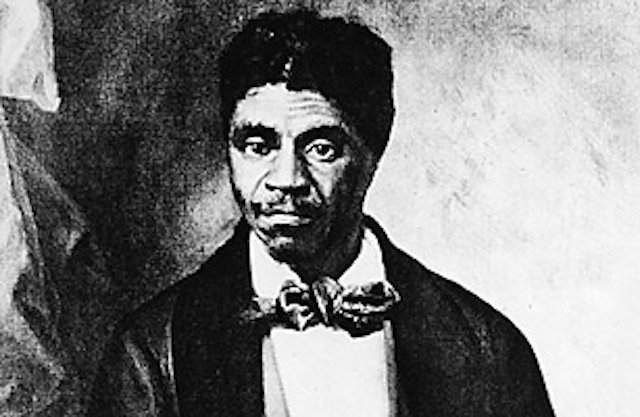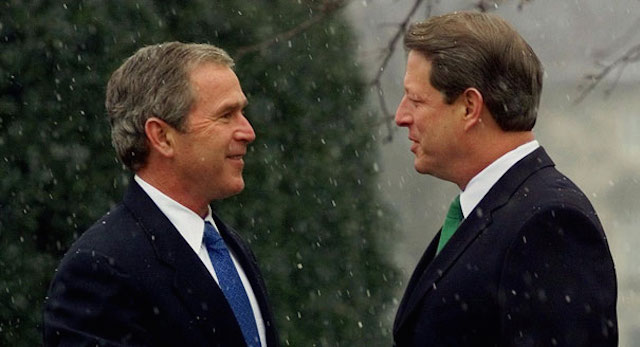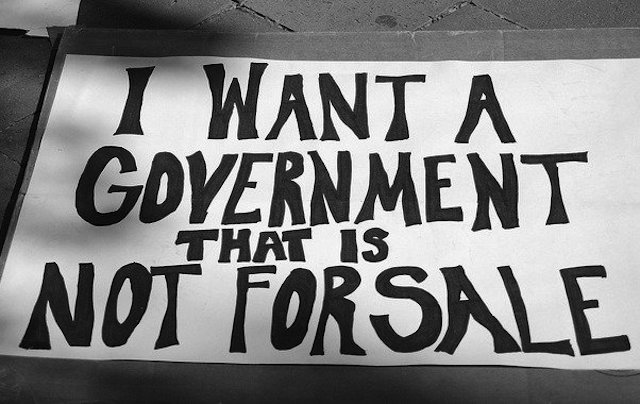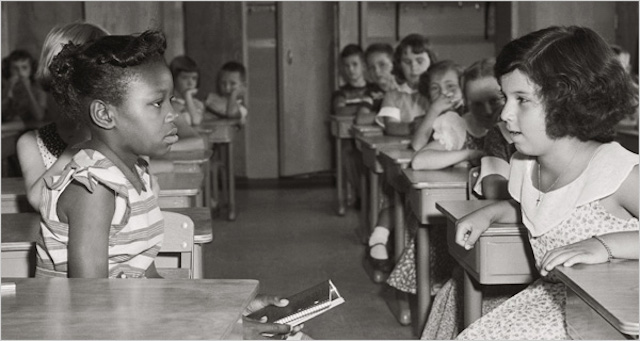The system of checks and balances, consisting of three branches of government in the formation of the United States, revolutionized the modern nation state. And while the executive and legislative branch have received most attention for shaping the history of the United States, the Judicial branch particularly the Supreme Court cannot be overlooked in its role on changing America. Here are the 10 Supreme Court decisions that had a profound impact on the history of the United States.
10. Abrams v. United States
The irony of US democracy is that during times of war the federal government has passed laws that directly contradict the values of democracy including free speech. During World War I, the legislative branch passed the Sedition Act, which made it a crime to “willfully utter, print, write, or publish any disloyal, profane, scurrilous, or abusive language about the form of the Government of the United States.”
Soon after, many men and women were arrested for crimes under this law, including Socialist candidate for President Eugene V. Debs, and Jacob Abrams. Abrams, along with a group of Russian immigrants, was arrested and sentenced to prison for 15 years. The appeal of the arrests was unsuccessful, with the court citing that the defendants acted with the intent to provoke resistance and their acts qualified as a “clear and present danger.” The case is significant because it is still used as an example to prosecute “traitors” for whistle blowing.
9. New York Times Co v. United States
Another landmark case also surrounds a difficult time in our nation’s history: the war in Vietnam. With more and more Americans dying and the images of destruction and mayhem on American television sets, the Nixon Administration was under extreme pressure to end the war. The leak of then-classified materials to the New York Times was deemed as a breach of national security by Nixon’s people, who attempted to censor the material citing power vested in the executive branch.
In one of the most important decisions guaranteeing freedom of the press, the Supreme Court agreed with the two lower courts that found that the government had not met its “heavy burden” to display that the publishing of the files would cause a “grave and irreparable” danger. The Pentagon papers would reveal the United States’ role in creating South Vietnam, and has helped scholars come to understand the full role of America as a hegemonic power.
8. NIFB v. Seleblius
One of the most recent decisions on the list quite possibly changed the legacy of a Presidency and has also led to the re-shaping of the American Health Care system. When President Obama managed to get the legislative branch to pass his landmark bill, The Affordable Care Act, it looked like it would be the cornerstone of his Presidency and his calling card for his re-election campaign.
However, the integrity of the bill was questioned and soon made it to the Supreme Court. If the bill was deemed unconstitutional it would call into question his whole first term. In 2012, the Court voted 5-4 to uphold the Affordable Care Act. The law has enabled nearly 30 million Americans to receive health care, though that hasn’t stopped the disagreements about nationalized health care as we head toward the next election.
7. Worcester v. Georgia
A decision that could have threatened the integrity of the courts also established the long term relationship between Native American Tribes and the Federal Government. The Chief Justice of the Court ruled that the federal government had an exclusive relationship with the Indian nations and recognized the latter’s sovereignty, above state laws. President Andrew Jackson famously exclaimed after the decision, “John Marshall has made his decision; now let him enforce it!”
The decision ordered that Samuel Worcester be released after he was arrested for being in Native American land against state law, despite Native American approval. Worcester was eventually released but Jackson continued his anti-Native American policies, allowing the state of Georgia to continue its expulsion of its Native American population. The lasting impact of the decision currently shapes Indian gaming laws and territory.
6. Plessy v. Ferguson
One of the most shameful decisions by the Court was its upholding of the constitutionality of racial segregation in public facilities. The iconic phrase of “separate but equal” was coined by the Supreme Court in order to justify and uphold racial segregation. Justices voted 7-1 in favor of upholding the law by arguing that the plaintiffs had falsely articulated that separate facilities means inferiority.
However, it was self-evident at the time in respect to public facilities that the separate facilities had a different quality, and that psychological toll the separation of races had taken had continued a history of promoting the supremacy of the white race. As a result of the decision, progress made in Reconstruction was erased as states were emboldened to establish more laws that instilled segregation.
5. Dred Scott v. Sandford
Another famous decision involving the disenfranchisement of African Americans was the decision that held that blacks could not be American citizens. The background of the case involved a slave named Dred Scott, who was being released from slavery and transitioning to freedom. Scott petitioned for his freedom with the help of abolitionists and used the past precedents to argue that his presence in a free state required his emancipation.
In a 7-2 decision, the court ruled against Scott, with Chief Justice Taney chronicling the status of blacks in relation to the constitution. In a nearly 450 page ruling, Taney found that blacks were viewed as an inferior order and that the constitution did not consider black people as being held within political framework. Historians view the case as being one of the harbingers of the Civil War.
4. Roe v. Wade
One of the most controversial decisions in the eyes of many conservative citizens of the United States continues to be a point of strife, with cases of abortion doctors being murdered and even instances of Congressmen questioning a woman’s right to choose still all-too prevalent today. Still, it was a landmark decision that protected a woman’s right to seek an abortion.
In 1973, the Court ruled in a 7-2 decision in favor of Jane Roe. Interestingly, the right of privacy was at the heart of the court’s decision. Justices cited the 14th Amendment’s concept of personal liberty aligning with a woman’s right to make a decision to terminate her pregnancy. Another interesting note is that the Justices rejected the notion of a “fetus’s right to life,” which has now become a rallying cry amongst conservative activists.
3. Bush v. Gore
The Court’s decision in Bush v Gore has lead to so many “what ifs” that it’s not unfair to believe that America may be a different place had Gore won the decision. The dispute was over the controversial election of 2000, and in particular the questionable methods through which votes were counted in the state of Florida in particular. What makes Bush’s victory, at the hands of the Supreme Court, so important is the series of events that followed his inauguration.
The attacks of 9/11 and the calls for a war in Iraq and Afghanistan in particular immediately come to mind, and raise what are literally world altering questions. Would the US have gone to war in the Middle East had Gore been elected? We’ll never know. Landmark bills like the Patriot Act and the Bush tax cuts may also have never come to existence without a Bush Presidency. At the end of the day, it’s very likely that the decision changed the course of American history.
2. Citizens United v. FEC
One of the most threatening Supreme Court decisions to American democracy is the Citizens United decision. Justices equated money to speech and thus struck down the provisions of previously established legislation that limited Corporations and Unions from spending money on advertisements in the lead up to an election.
The majority opinion held that money was not a distorting influence and that the government had no place in deciding if it was. As a result of the decision, the United States has seen the rise of SuperPacs and organizations that are able to raise and receive unlimited amounts from corporations and private individuals. The Citizens United case will continue to affect the American political landscape as campaigns fight to raise more and more money in order to defeat their opponents, making those with bigger monetary war chests all the likelier to win positions of power in elections.
1. Brown v. Board of Education
Probably the most recognizable Supreme Court decision, Brown v. Board of Education had the biggest impact in enfranchising African Americans and finally giving blacks an opportunity to pursue happiness. The decision overturned Plessy v Ferguson and removed the doctrine of “separate but equal.”
Justices voted 7- 1, arguing that separate had proven itself not to be equal. The lead plaintiff in the case had a daughter, who had to walk six blocks in Topeka, Kansas just to reach her school bus stop, which took her to a segregated black school one mile away. Meanwhile, Sumner Elementary, a white school, was only seven blocks from her house. The decision was met with great opposition and Federal Troops were used to safely escort black students into their new schools.
